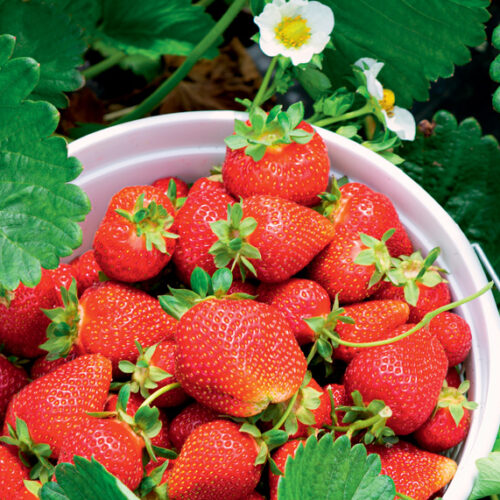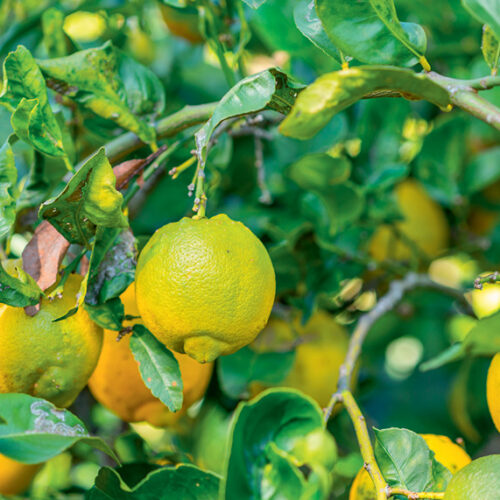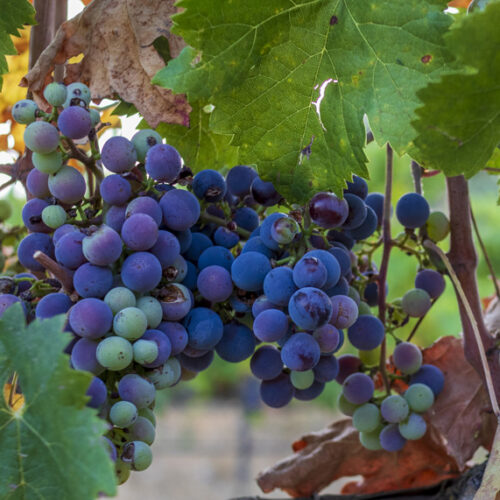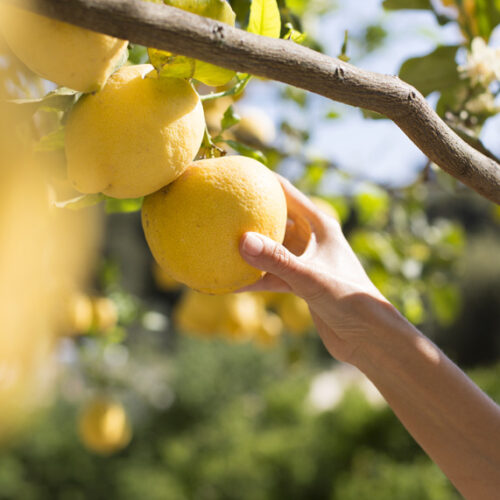Grow dragon fruit
2024-02-05T09:17:14+11:00
The flamboyant fruit of this clambering cactus tastes as good as it looks, and it’s also easy to grow. Our patch expert Phil Dudman shares some top tips for growing these tangy treats.
Dragon fruit is delightful when added to fruit salads, and it makes a lovely jam or jelly. Also known as pitaya, the fruit is expensive to buy, but surprisingly easy to cultivate in the home garden. It grows on an extraordinary cactus plant with long, arching stems that cascade and create a show when covered in colourful fruit.
The flowers are equally brilliant – large white blooms 20cm in width that open at night and emanate a delicious fragrance. Venture out early in the morning, and you’ll witness these giant blossoms buzzing with bees.
Getting started
Native to Mexico and Central and South America, dragon fruit plants love warm to hot, humid conditions, and dislike frost. Choose a sunny location where the soil is well drained. They grow beautifully in pots too (go for a large pot, 35L or more). This is a great option if you are in a cool area – you can place the container in a hot spot, then move it to the protection of a polyhouse in winter.
Many garden centres stock dragon fruit, but you’ll also find online suppliers who will post you bare-rooted cuttings.
Dragon fruit plants are natural born ramblers that need to be trained and contained. Provide a sturdy frame out in the open where you can easily carry out maintenance. The type of system used by commercial growers is best – a solid hardwood timber post with about 50cm buried below ground and 120–150cm above. At the top, bolt on a solid timber cross piece.
Plant one or two plants at the base, train a single stem from each plant to the top of the frame, then cut off the next segment to encourage branching. The shoots will happily hang over the cross piece.
You don’t need a frame if you’re growing your dragon fruit in a container. Simply sit the pot on top of a few bricks to raise it off the ground, plant one cutting in the centre, then allow the stems to hang over the edge.
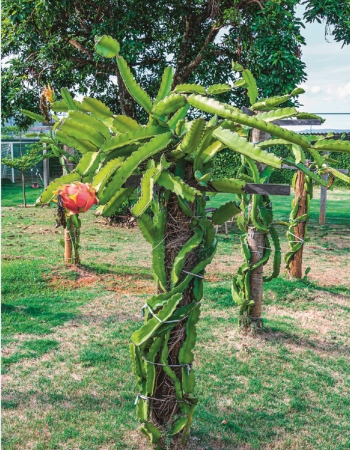
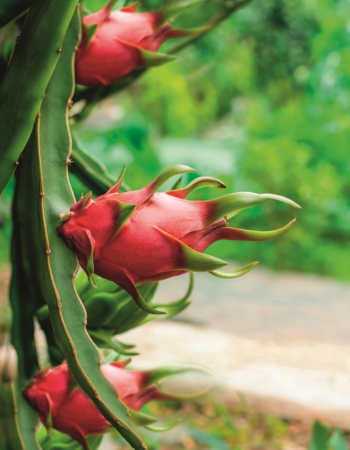
Growing and harvesting dragon fruit
These hardy fruiting cacti are drought tolerant, but produce better quality crops with the occasional deep soaking, especially in dry times. Potted plants will need more regular watering. Feed with an organic fertiliser in spring, summer and autumn. For pots, add a little fertiliser once a month over the growing season.
Cuttings produce their first flowers and fruit within 2–3 years of planting. The flowers first appear in late spring in the tropics (or early summer in cooler areas) and continue through to early autumn. Pick the fruit when they have developed full colour.
At the end of each fruiting season, prune the plants to keep them compact. The new growth that appears after pruning will produce fruit in the following season.
Photos by iStock


